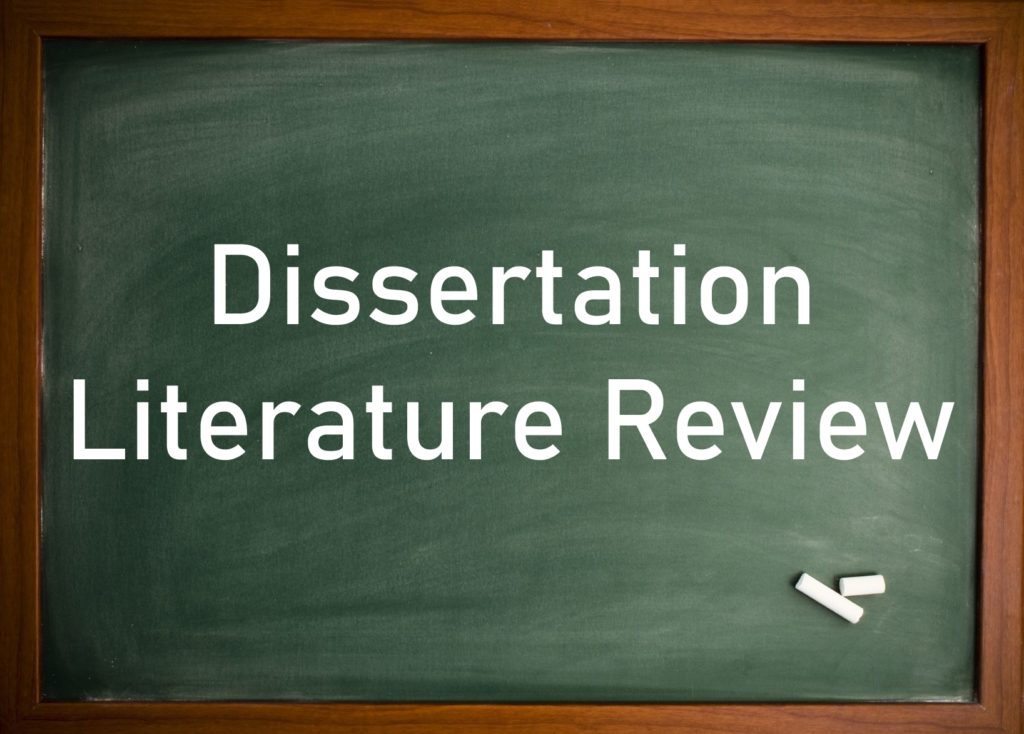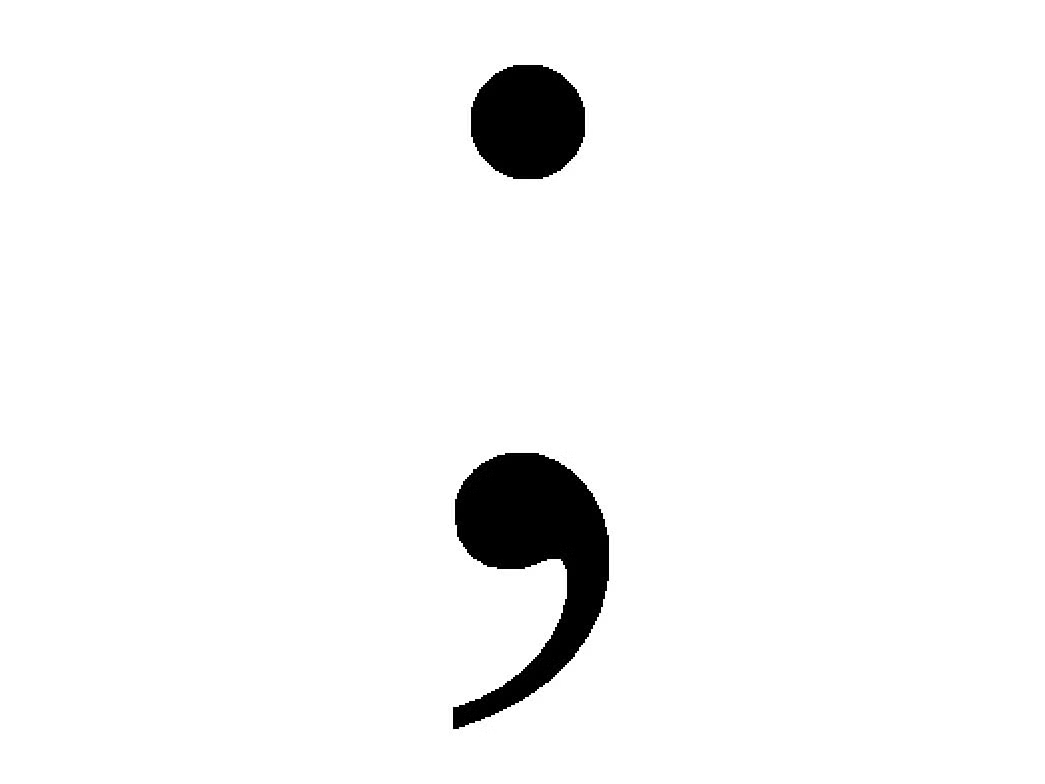Carers returning from maternity leave or other career breaks often need to rebuild their networks, refresh their knowledge and reinvigorate their enthusiasm for their career. Conference attendance is a vital part of a professional career. But caring responsibilities can make it difficult or, at the least, financially very expensive to…
-
-
Writing your first undergraduate essay can be daunting. Here’s our step-by-step guide to completing your essay: Read, understand and annotate the question or stimulus. If you do not understand the question, ask your lecturer or supervisor. Read broadly about your essay’s subject area. Begin to develop your response to the…
-
Read, read, read. Find a subject that interests you and work with your supervisor to find a specific and under-researched topic. Writing a thesis is a gradual procedure. You chip away at a thesis, adding content as you plan, research, gather data and analyse results. Thesis structures differ, but generally…
-
In a recent article, ‘How to Write a Great Introduction: The Basics’, I provided a quick and simple outline of the two main things that an introduction must do in order to be considered a true introduction to an essay. In this article, I’d like to take you a step…
-
‘It’s 8.15 pm. I’m in bed, exhausted, with pain in all my joints and my ribs. I haven’t been this tired since 26 hours of active labour four years ago. In the last 48 hours, I’ve submitted a grant and a paper, reviewed three manuscripts, and travelled interstate for a…
-
There’s no doubt that beginning university is an exciting time. If you’re an undergraduate straight out of high school, university may be a gateway to your chosen career path or a place for you to work out what you want to do. Amid the eagerness and anticipation, it can also…
-
As I approached graduation for my single major in History at the University of New South Wales in 2014, I was given the opportunity to qualify for a second major. By undertaking one more business subject, I could elect to graduate with a double major in History and Business. I…
-
Hey students … did you know that your potential is limitless? Everything you desire is achievable—believe that! Many people dream of achieving big things and they thrive in their pursuit, despite others around them doubting their abilities. There’s no reason to think that you can’t do the same. But, do…
-
For those who are not familiar with the term ‘literature review’, writing one may be a major challenge. They can be complex documents, and they have to follow set guidelines regarding structure, content and writing style. See below a brief explanation to help you write a literature review in case…
-
The semicolon is a punctuation mark that concurrently separates and joins; it links two clauses that could stand alone as separate sentences, but whose link to one another calls for something softer than a full stop. Case in point: the previous sentence. If you’d prefer to learn how to use semicolons by…









